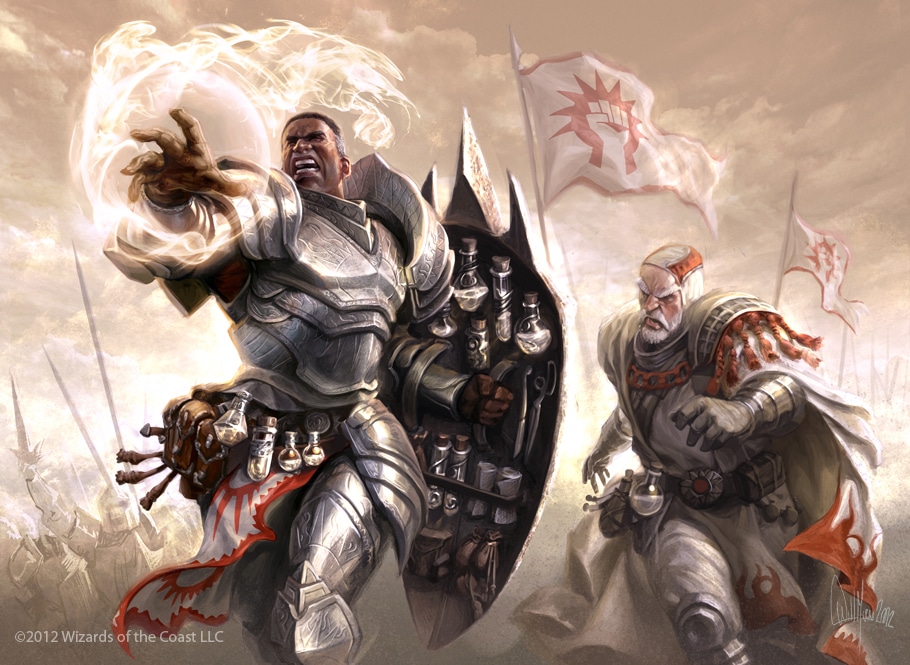Healer 5e
Published on August 14, 2023, Last modified on September 28th, 2023
When wounds are deep and potions are scarce, the Healer feat can be the difference between life and death.

Willian Murai - Wizards of the Coast - Frontline Medic
What Is Healer 5e?
While magical healing is prevalent in D&D, the Healer feat allows characters to mend wounds and restore vitality using healer’s kits. This feat not only lets you stabilize a dying companion without a medicine check, but it also allows you to restore hit points with healer’s kits, making it an asset for parties without a dedicated healer or in situations where magical healing is limited.
How Does Healer Work?
The Healer feat provides two main benefits:
- Creatures with 0 hit points that you stabilize with a healer’s kit come back up with 1 hit point, rather than just being stable at 0 hit points.
- You can use an action to spend a use of your healer’s kit and restore 1d6 + 4 + the creature’s maximum number of Hit Dice. A creature can only be healed this way once per short or long rest.
What is a Healer’s Kit
A healer’s kit is a basic item that can be used to stabilize a creature with 0 hit points without needing to make a Wisdom (Medicine) check. It costs 5 gp and has ten uses, making it a good option to carry around in your pack, even for adventurers that don’t have the Healer feat.
Is Healer Good?
We gave Healer a C Tier rating In our 5e Feats Tier List, making it a below-average feat in D&D 5e.
This feat’s rating is one of the most variable depending on the type of campaign your DM runs. If your DM runs low-magic settings, prefers using the typical 5-6 encounters per adventuring day, or uses the gritty realism variant, this feat will be much more valuable. This feat is also great for Thief rogues that can use a bonus action to use the healer’s kit and when your party that doesn’t have a paladin or cleric.
Why is the Healer Feat Suboptimal?
The way that D&D 5e is designed makes healing the middle of combat subpar, unless you spend resources on of the more powerful spells, like the 7th-level heal. Most of the times, using your action to output damage is going to result in a more successful combat. This is because the lower level healing spells heal for the same or less amount that damage spells produce.
The most important time to spend resources on healing is when a party member is downed. Removing one of your allies from combat severely impacts your action economy, and therefore makes combat much more challenging. This is why the 1st-level healing word, which is a bonus action and can heal at range, is one of the most effective healing spells in the game.
While Healer can heal decently well out of combat, players usually have access to so many healing resources already—including short rests, long rests, healing magic, healing items, and healing class features—that it’s a bit redundant.
Healer 5e Interactions
Fast Healing
As we already mentioned, A Thief rogue can use their Fast Hands feature to use the healer’s kit as a bonus action, allowing for quick healing in the midst of combat.
